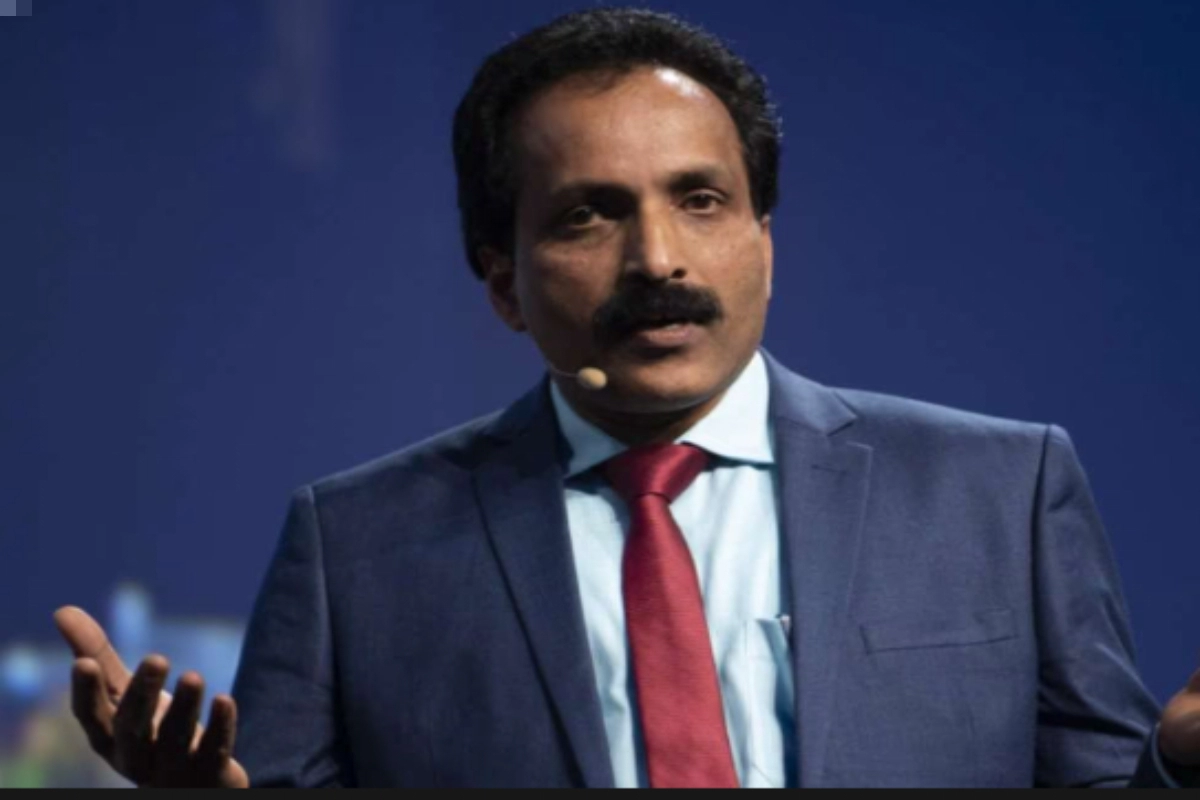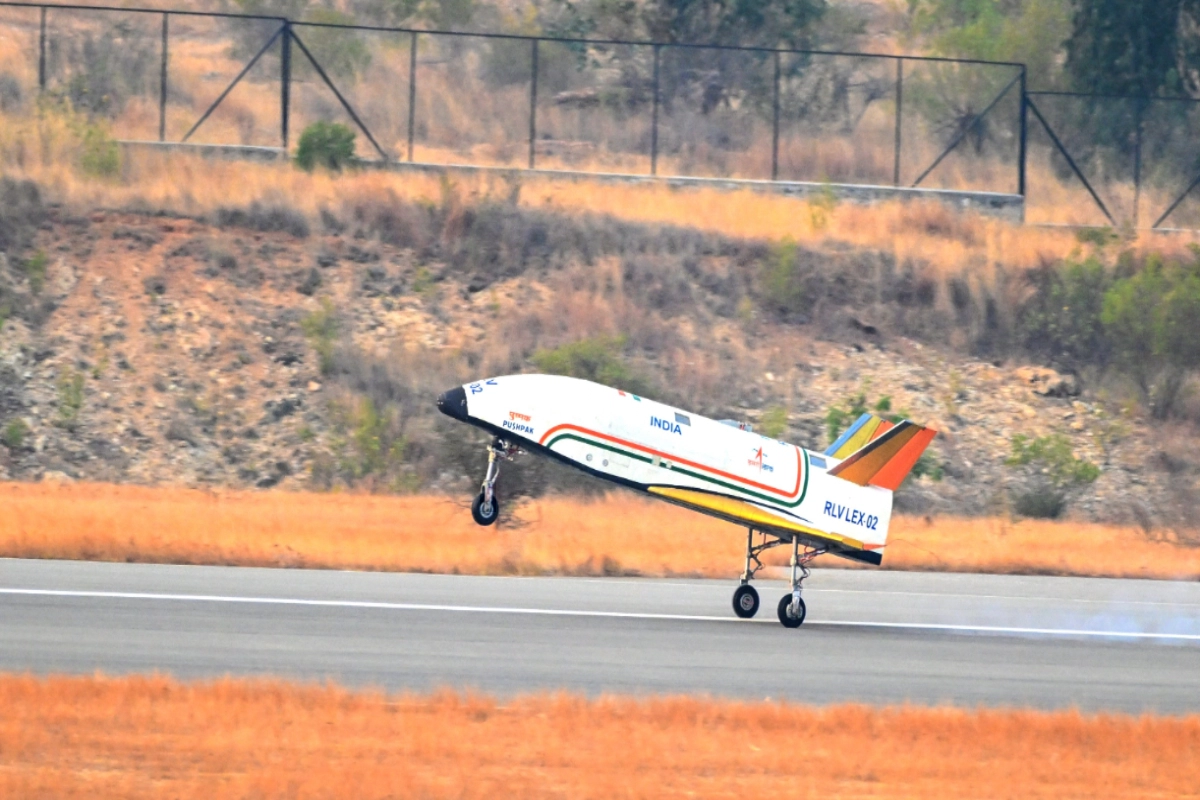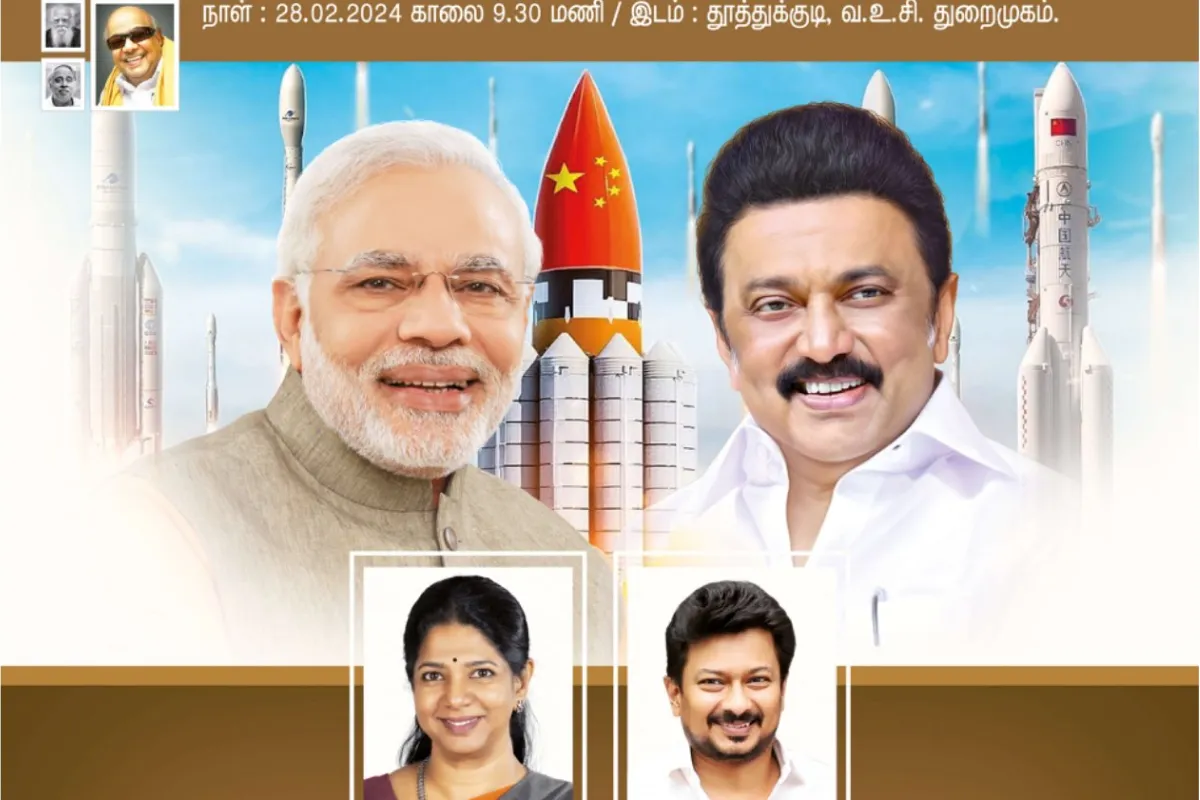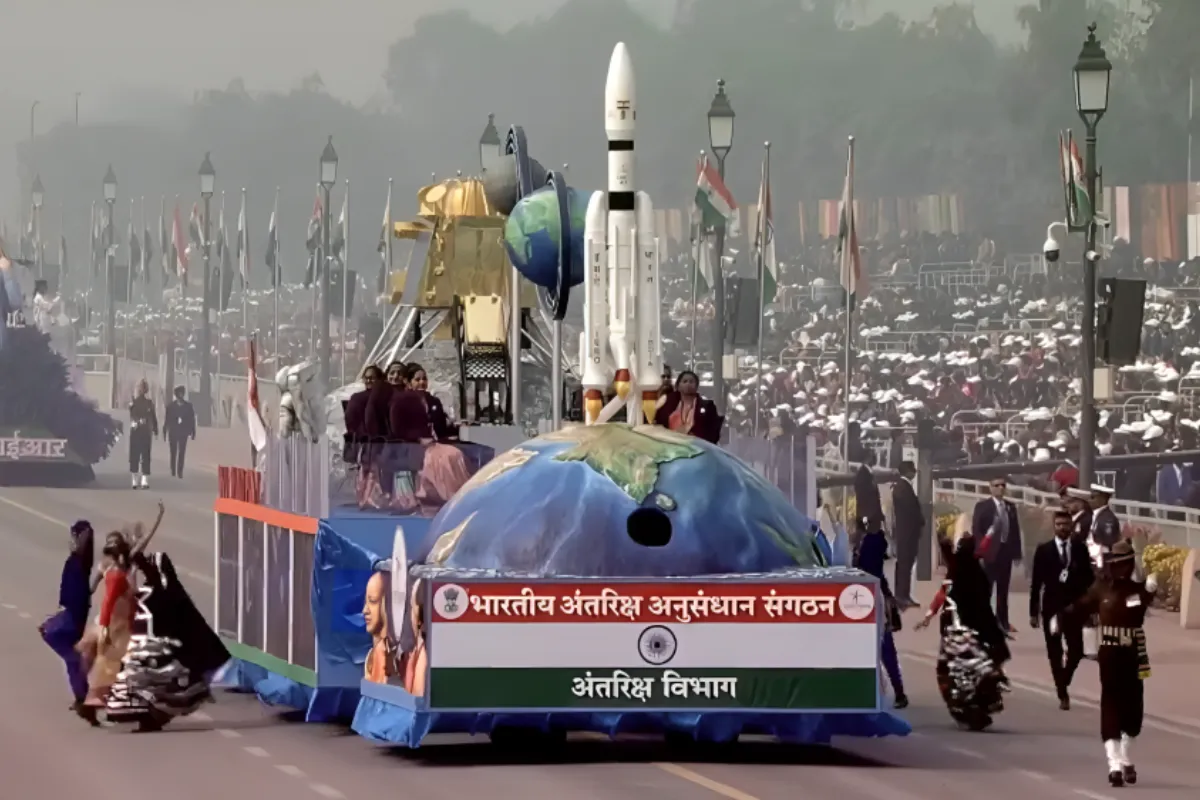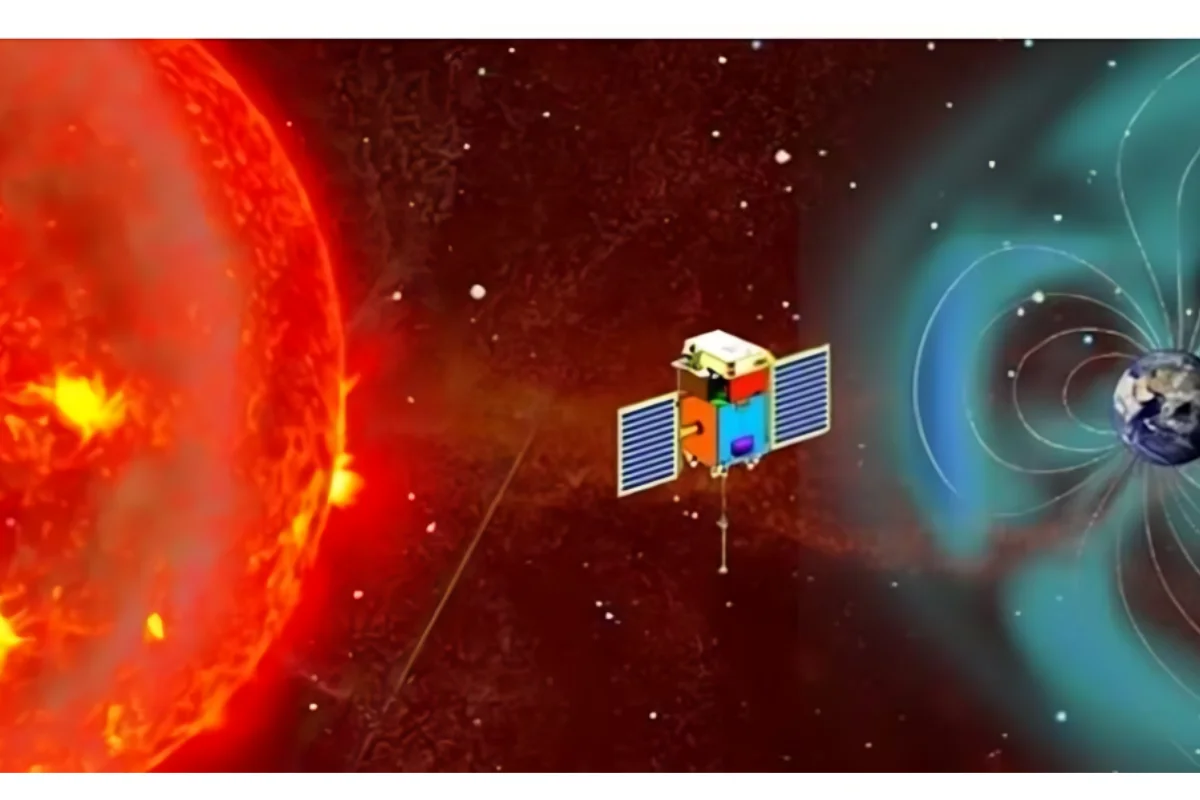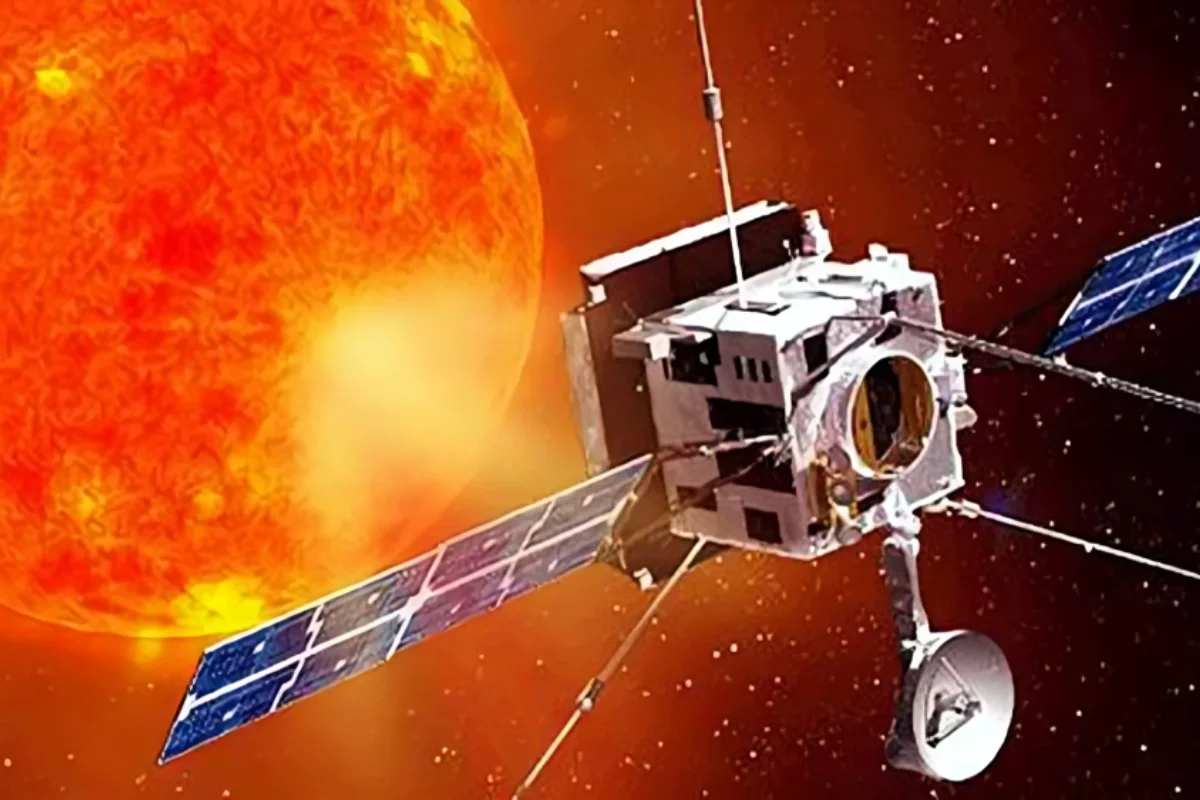S Somanath: According to S Somanath, the head of the Indian Space Research Organisation (Isro), mathematics, square roots, concepts of time, architecture, the structure of the universe, metallurgy, and even aviation were first discovered in the Vedas before being attributed to western scientists after travelling through Arab nations to reach Europe.
Unveiling the Challenges of an Ancient Language
According to Somanath, secretary of the department of space and head of the space commission, one of the issues was that the Sanksrit language, which was utilised at the time by Indian scientists, had no written script. The language persisted because people listened to it and memorised it. People didn’t begin utilising the Devanagari script for Sanskrit until much later. At the Maharishi Panini Sanskrit and Vedic University’s convocation in Ujjain, Madhya Pradesh, Somanath was giving a speech. It is thought that Panini was the one who compiled the grammar of Sanskrit. According to Somanath, the syntax and structure of the language make it perfect for “conveying scientific notions and procedures.” Sanskrit is quite popular among scientists and engineers, he continued. The language of computers, it is appropriate for people studying artificial intelligence. Sanskrit’s potential for application in calculation is the subject of extensive study. Though the story itself has grown taller in the telling, most of this is undoubtedly still a work in progress.
Sanskrit’s Scientific Contributions and Ancient Discoveries
Somanath emphasised that Sanskrit has additional advantages outside of science. According to Somanath, the development of Indian culture through thousands of years has left traces of the scientific contributions made to Sanskrit. Sanskrit was used to record scientific discoveries in the fields of astronomy, medicine, science, physics, chemical science, and aeronautical research. However, he noted, “They were not fully utilised and researched. As an illustration, he cited Surya Siddhanta, a treatise on astronomy that dates, at least in part, to the eighth century. This book in Sanskrit that discusses the solar system, time scale, and the size and diameter of Earth attracted me because I am a rocket scientist, he said.
Must Read: Amul Faces Opposition in Tamil Nadu, Chief Minister Demands Halt to Milk Collection
Keep watching our YouTube Channel ‘DNP INDIA’. Also, please subscribe and follow us on FACEBOOK, INSTAGRAM, and TWITTER


